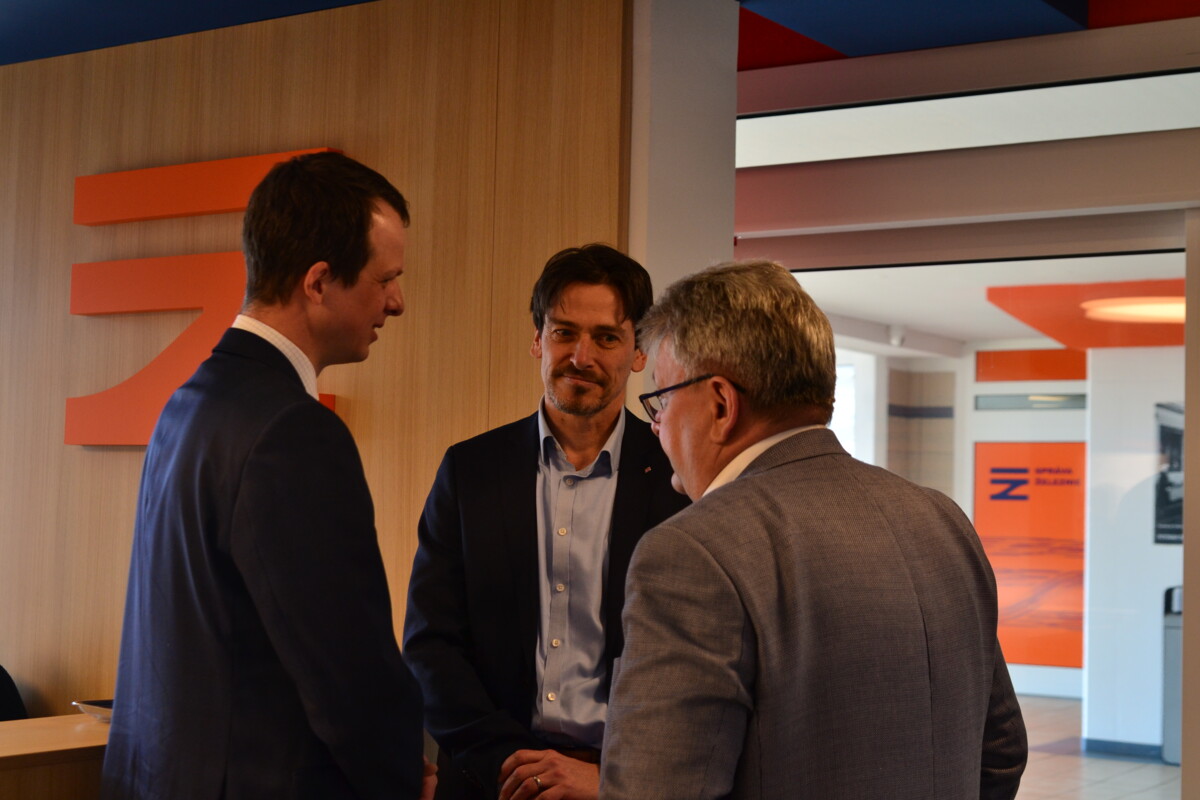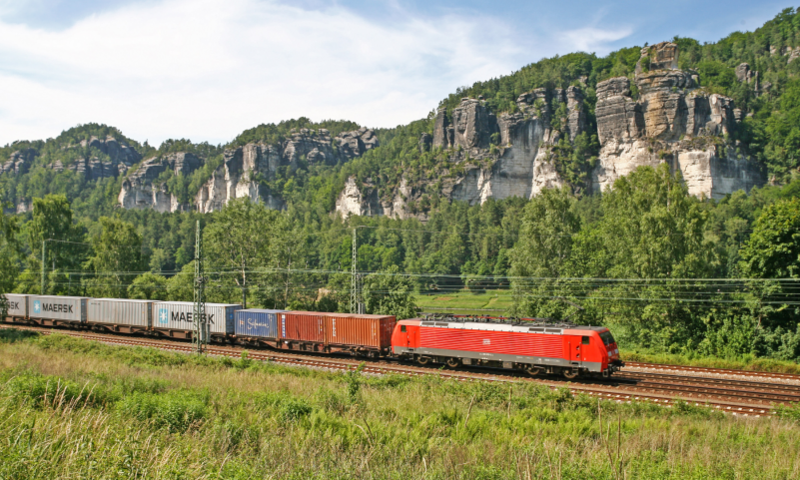At high speed from Dresden to Prague
With speeds of up to 320 km/h, travel time from Dresden to Prague will be reduced from 2.5 hours to 1 hour, bringing the people of both countries closer together.Successful cooperation: The realisation of the new line
After completion, the total length of the line will be approximately 150 km. It is divided into five planning areas with the heart of the project being the new double-track line between Heidenau and Ústí nad Labem.
The collaborative, cross-border planning area comprises a new double-track line, with a tunnel through the Ore Mountains on the German and Czech side between Heidenau and Chabařovice, at least with 30 km in length. With approximately 18 km on the German side, it will be the longest railway tunnel in Germany upon completion.
- Dresden – Heidenau
Approx. 18 km expansion of existing line for passenger and freight transport - Heidenau – Chabařovice
Approx. 30 km long, cross-border tunnel through the Ore Mountains (joint planning area); approx. 18 km on the German side – making it the longest railway tunnel in Germany upon completion – and approx. 12 km on the Czech side - Erzgebirgstunnel portal Chabařovice – Ústí nad Labem
Approx. 10 km new and upgraded line, new high-speed railway station in Ústí nad Labem centre - VRT* Středohorský Tunnel: Ústí nad Labem – Lovosice/Litoměřice
Approx. 22 km of new and upgraded line with approx. 18 km of tunnel through the Central Bohemian hills - VRT* Podřipsko: Lovosice/Litoměřice – Prague
Approx. 57 km of new line, new high-speed railway station in Roudnice nad Labem
* VRT (Vysokorychlostní trať): translated high-speed line
Everybody benefits
The new railway integrates Czechia into the Central European high-speed network, offering optimal connections between Ústí nad Labem and Roudnice nad Labem and the capital Prague. On the German side, the new flood-proof line significantly relieves the burden on the Elbe valley railway line. Freight trains will also operate on the mixed-track line, which will further promote economic growth through short transport times. The German DB InfraGO AG and the Czech railway administration Správa železnic are working closely together for the realization of this major project.

Starting point for a new Czech highspeed line
In January 2022, the Czech government classified the construction of high-speed lines as a political priority. It is currently planning five new train paths that, once completed, will be part of the high-speed, Trans-European Transport Network TEN-T.
In the Czech Republic, a high-speed line is defined as a line with a minimum design speed of 250 km/h. These are still new for the country. The state railway company Správa železnic is therefore using the French model for high-speed rail systems to speed up preparations for construction. It is working closely with the French railway company SNCF and Germany’s DB InfraGO AG for the Dresden – Prague connection.
German and Czech partnership:
Get to know us
“We love what we do and work together for a fast, sustainable, and future-proof mobility – whether at DB InfraGO AG or Správa železnic. We are a great international team. Get to know the faces behind the project!” Kay Müller, Technical Overall Project Manager
Connecting Europe
The railway project is part of the Orient/East Med Corridor (total length: 9,000 km), one of the nine core network corridors of the Trans-European Transport Network (TEN-T). In cross-border rail transport towards south-eastern Europe, the new Dresden – Prague line is an important milestone for citizens of the Federal Republic of Germany and the Czech Republic as well as for the south-eastern neighbouring states. This also applies to the connection to the capital Berlin.
The European Union is supporting the planning of the cross-border section of the railway project from Heidenau to Ústí nad Labem with approx. EUR 3.4 million (CEF1) and approx. EUR 11.8 million (CEF2) on the German side and approx. EUR 19.1 million (CEF2) in Czechia.



